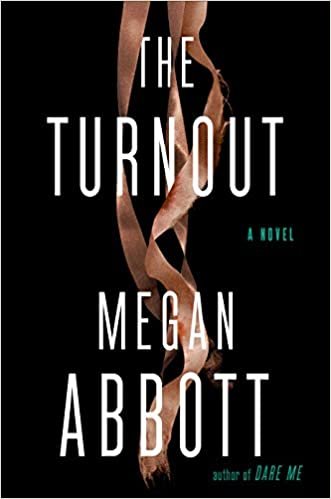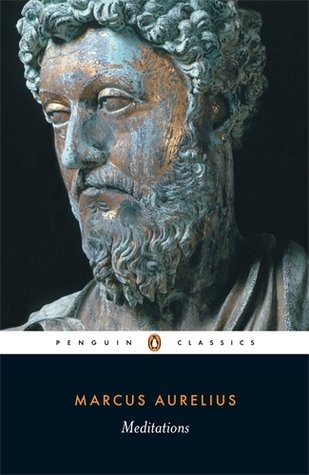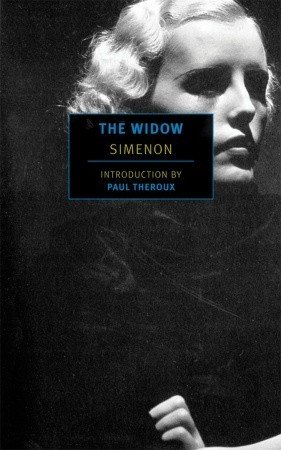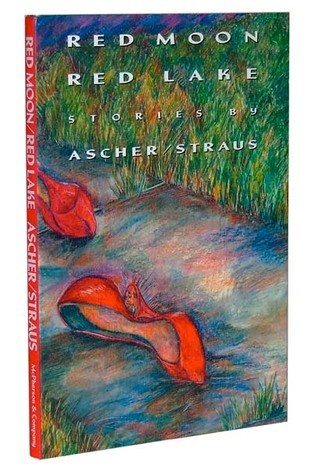Books I Read August 13th 2023
Spent a lot of this week on a beach, and some of it watching a meteor shower. I set myself the peculiar task of re-reading these reviews from back when I started doing them some 7 (!) years ago, which partially explains the re-reads.
The World a Moment Later by Amir Gutfreund – A recapitulation of the history of modern Israel as told through the lives of a number of dissidents, lunatics and burn-outs. This is something of a sub-genre within literary fiction—most obviously 100 Years of Solitude but also Alaa Al Aswany's Yacoubian Building and Olga Tokarczuk's Primevil and Other Times and probably about 10 more I can't remember off the top of my head. These days I tend to be less enthusiastic about this sort of sprawling, multi-character novel, maybe because I've read a lot of them, but in part because the characters in these tend to feel more like wacky collections of improbable attributes rather than fully fledged humans.
Piranesi by Susanna Clarke – I was not surprised to discover this was as good as I remembered it being. What's interesting is that Clarke, whose previous work sits so squarely within a specific literary tradition, here creates something entirely new and strange. The language is spare and beautiful, the narrator's voice imbuing the world with enormous vitality and kindness. I appreciate enormously a book which leaves me with a feeling of hope. A real favorite of mine.
Duplex by Kathryn Davis – A surrealistic exploration of girlhood, womanhood, motherhood, the suburbs, climate change, disappointment, nostalgia, other things. The language is striking and weird – it reminded me a bit of William Gass, every sentence requires careful parsing as a collection of words one has never previously seen on the page. It's pointless to discuss it in terms of plot and barely more in terms of theme (at least in the context of this brief review) but I enjoyed the mood and thoughts this evoked.
Little Lumpen Novelita by Roberto Bolano – Still great.
Innards by Magogodi oaMphela Makhene – A suite of short stories depicting life in a Soweto ghetto from apartheid to the near-future. Really good. Written in a mix of English, Afrikaans and (I think) isiZulu, the stories are raw and break in unexpected directions. Makhene's characters – betrayed women, drunken elders, quisling professors, a post-apocalyptic Boer – are distinct and interesting. I dug this, I'll keep an eye out for her next work.
















































































































